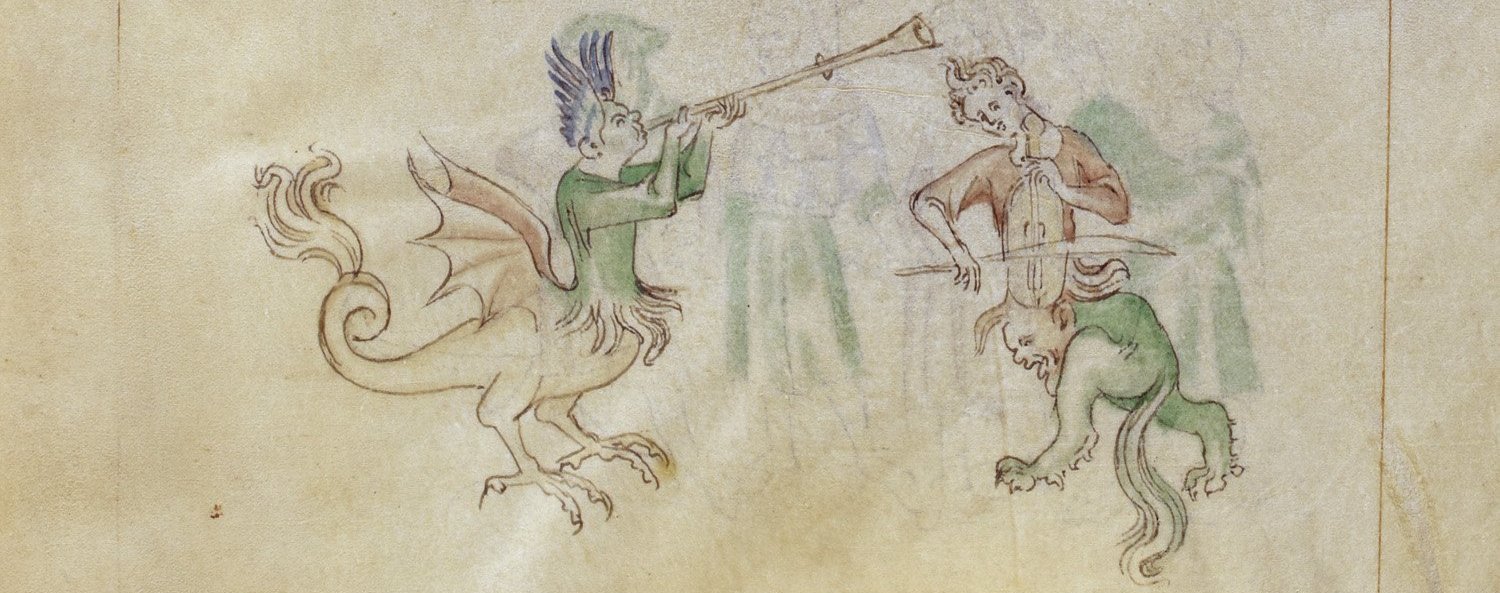Studies of medieval musical instruments draw upon written testimony, iconography (manuscript art, painting, drawing, sculpture and stained glass windows) and surviving instruments to describe their characteristics and the way they developed over time. In my search for evidence about medieval plectrums, I was surprised to find not one dedicated paper, book chapter or webpage. This article is an attempt to bring the written, iconographical and material evidence together and present some new research, focussing on the characteristics of plectrums used to play the gittern, lute, psaltery, citole and cetra, made from quills, gut strings, metal, bone, and ivory.
This is a revised version of the article originally published in January 2023, now with more information, extra illustrations, and a new illustrative video: La Uitime estampie Real (The Eighth Royal estampie), c. 1300, played on citole and gittern with plectrums of antler, horn and gut string.
In the second article, we survey the evidence for plectrum playing technique, with practical applications for modern players of medieval music; and evaluate whether all medieval plucked instruments were played with plectrums.










